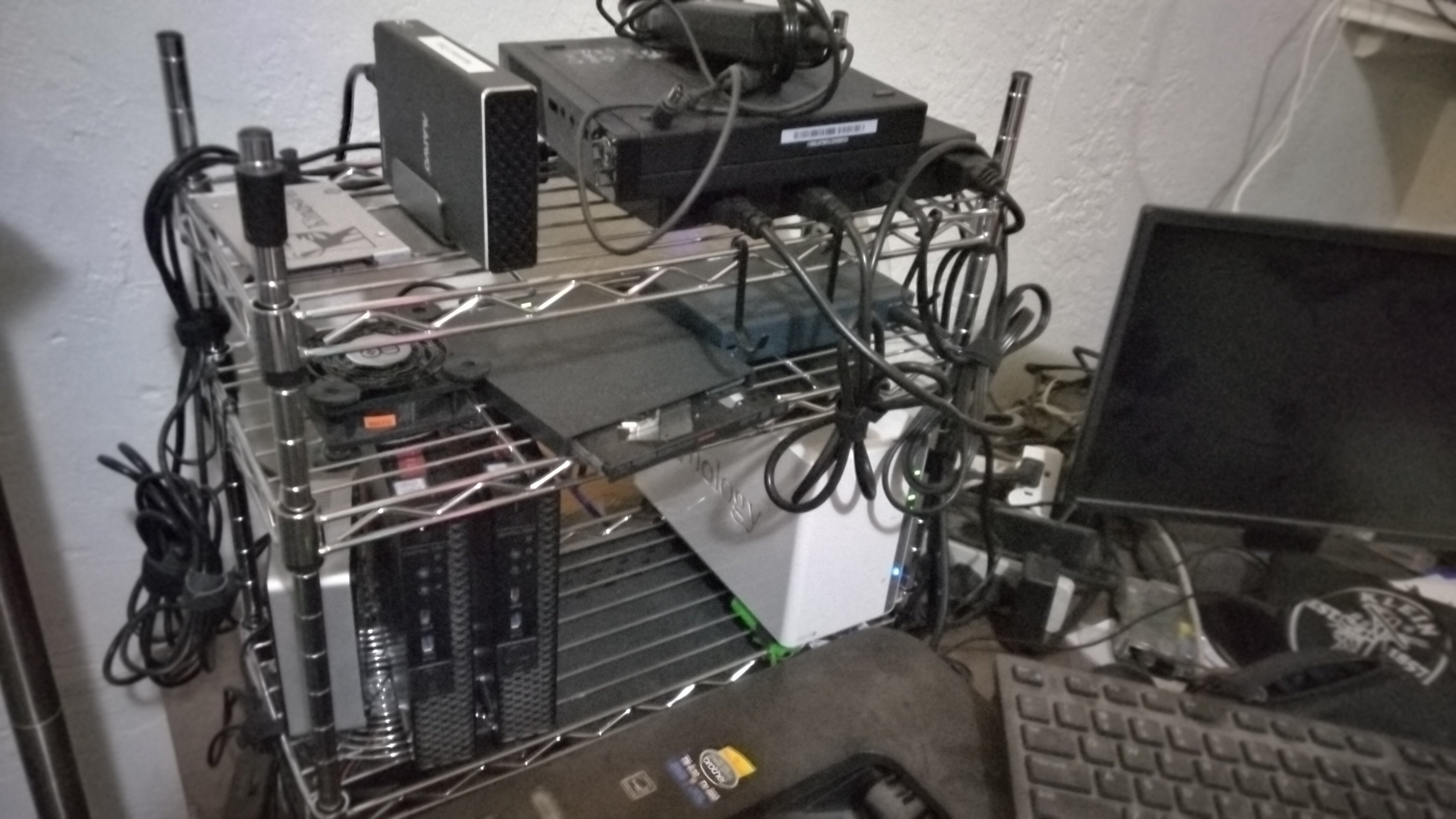Go for it. You don’t need to install Linux in order to start getting your feet wet. Get a USB 3.0+ flash drive and put a “live” (CD/USB, whatever the distro wants to call it) distro on there. There are plenty of directions out there on how to make one from Windows. Most live distros nowadays are persistent, so any programs you install will be there next time you load it up. It will definitely be slower than a normal install, but it’ll let you get a feel for how things work.
Go ham wild on there, break stuff, see if you can fix it, don’t, then remake it again. Try different desktop environments (DEs) and see what you like. Your distro of choice is less important if you’re just starting, but any of the big ones will be fine. I’d recommend trying a few different DEs from the same distro, see what you like the feel of, then try a different distro with what you liked best. They’ll usually all have gnome, kde, and a third lightweight option, but in my experience if Wayland (the other choice is X11) works well, kde and gnome will feel pretty light. I use kde Wayland on this guy and trust me, this review is giving it a lot of grace. Windows 10 was completely unacceptable on it, so if your specs are any better then this, you’ll be fine with whatever you choose. Beware that Nvidia cards have driver issues, they’re fixable but if you do have an Nvidia card, I’d just use the built in graphics chip for trying out Linux at first.
Don’t start with arch, btw.






Bro, you’re being asked where, not how.